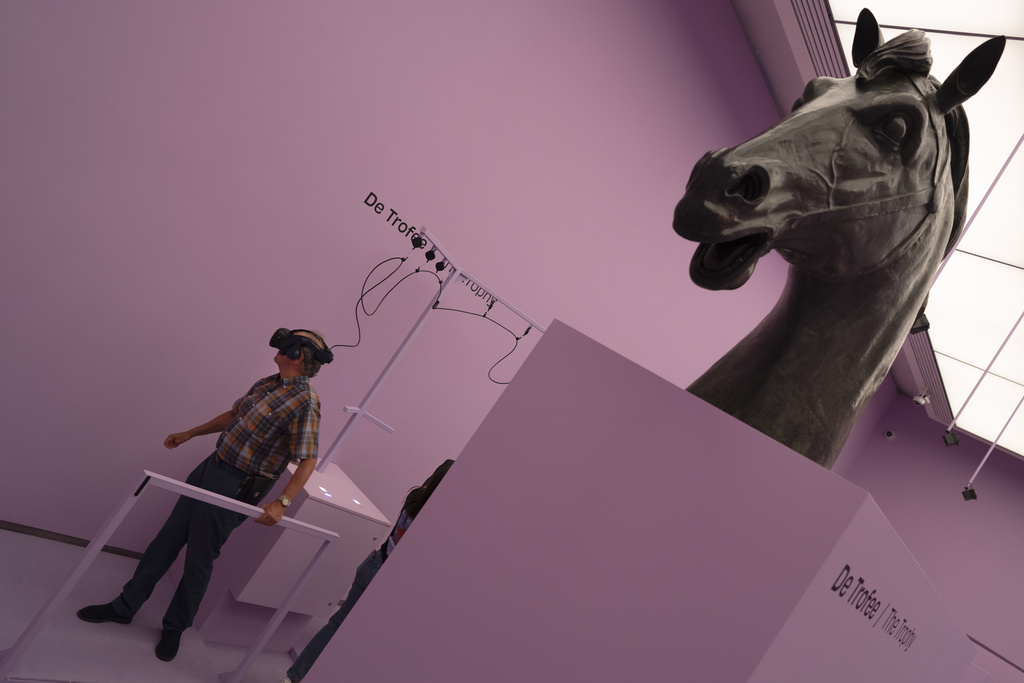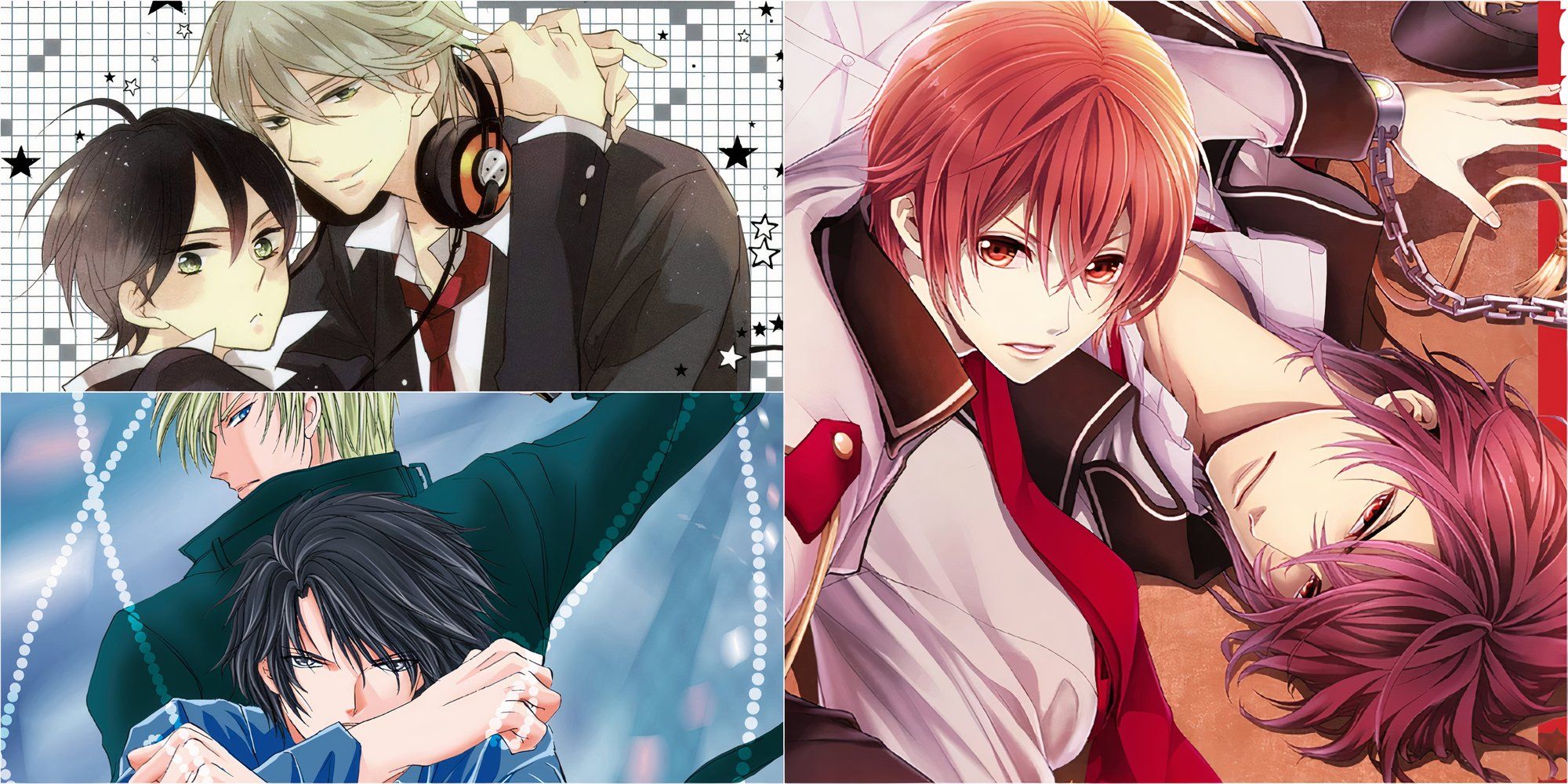Famous Zurich collection is said to be Nazi looted art


A new report has uncovered disturbing findings in the famous Swiss Bührle Collection that suggest numerous works of art may have been stolen from Jewish owners during the Holocaust. The investigation has reignited the debate about the ethical obligations of museums and art collectors in dealing with the complex legacy of Nazi-era art theft.
The report, led by German historian Raphael Gross, points out that many pieces in the Bührle collection probably came from Jewish collections looted by the Nazis. Gross concluded that curators had not adequately investigated the provenance of the works.
The Swiss newspaper The New Zurich Times claims that Emil Bührle, the founder of the collection, was known for acquiring works of art in questionable ways, including buying entire collections from German citizens during the war. Gross stated emphatically: “Without the Jewish collections, or in other words, without the persecution of the Jews, this collection would never have been created.”
The report describes how industrialist Emil Bührle built his fortune by selling weapons to Nazi Germany and exploiting forced laborers from concentration camps. From 1936 to 1956, Bührle built his art collection, which includes around 600 works by famous artists. This period coincided with a time when the art market was flooded with pieces stolen from Jewish collectors or sold under duress at significantly reduced prices.
Gideon Taylor, President of the World Jewish Restitution Organization (WJRO), called for action in light of these findings. “We call on other institutions to follow Zurich’s example and adopt the working methods on looted art that we published in March in collaboration with the US State Department,” said Taylor.



